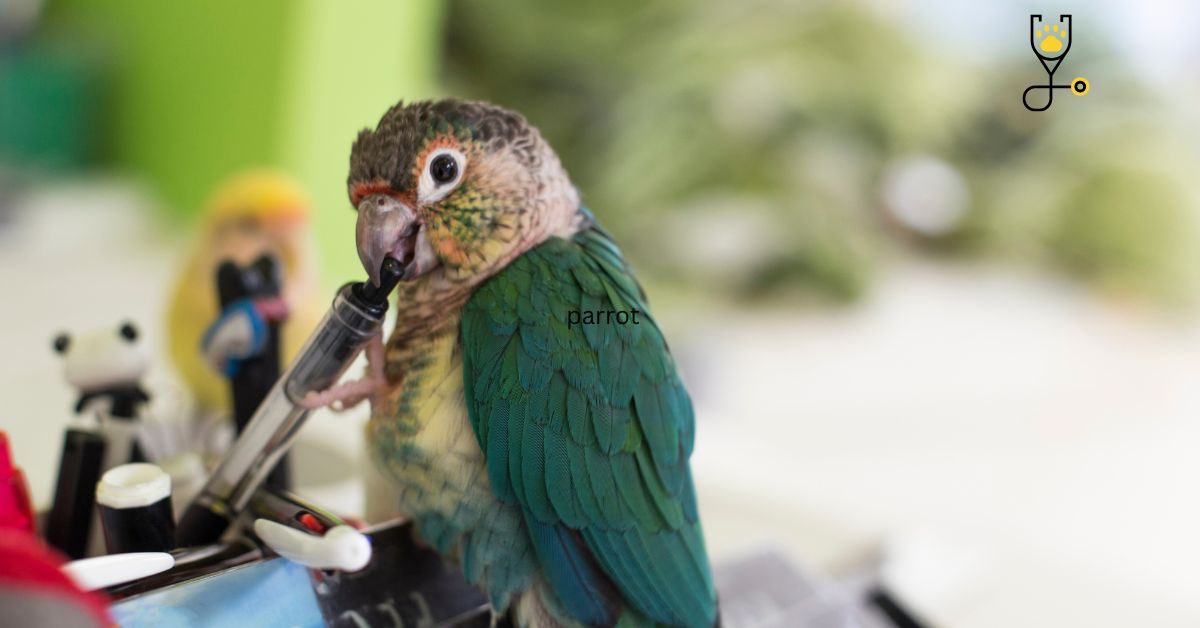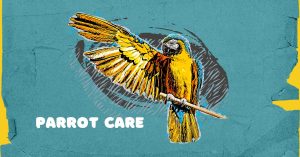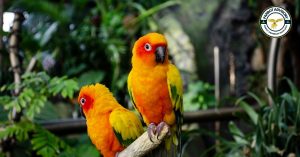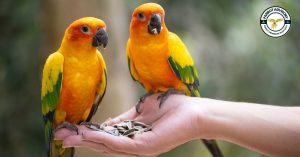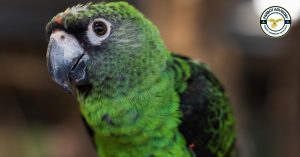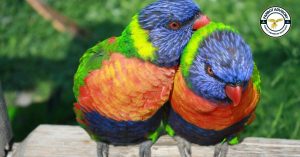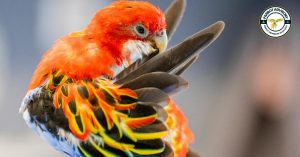Do you have a pet parrot? Have you ever seen your parrot bluffing or ‘biting’ behavior? Just like us, parrots have their own ways of dealing with different situations they face in their everyday life. As fascinating as it is to see our feathered friends expressing themselves through body language, there’s much more behind this slapping and flapping than meets the eye. In this blog post, we’ll explore what causes this inflammatory behavior in birds and how to better communicate with them so that everyone remains safe and happy. So let’s dive into what makes our parrots tick!
Why do parrots bite?
When it comes to understanding why our parrots are displaying aggressive behavior, it’s important to recognize that parrots are flock animals. Within the wild, their biting behavior is actually a way for them to maintain their hierarchy among members of the same species. They do this through bluffing or “biting” behavior to establish their rank within the flock, as well as defend themselves against perceived threats. Parrots in captivity may also display this type of behavior for a variety of reasons, including feeling threatened or uncomfortable. They might also be reacting to something that has changed in their environment, such as new furniture or people entering their space.
How to Understanding Bluffing/Biting Behavior in Parrots?
Parrots are very intelligent creatures, and they often express their emotions through various behaviors like bluffing or biting. For example, a parrot might puff up its feathers as a sign of fear or aggression. It can also bite as an indication of discomfort or displeasure. Understanding why your parrot is displaying these behaviors is key to helping them feel safe and secure.
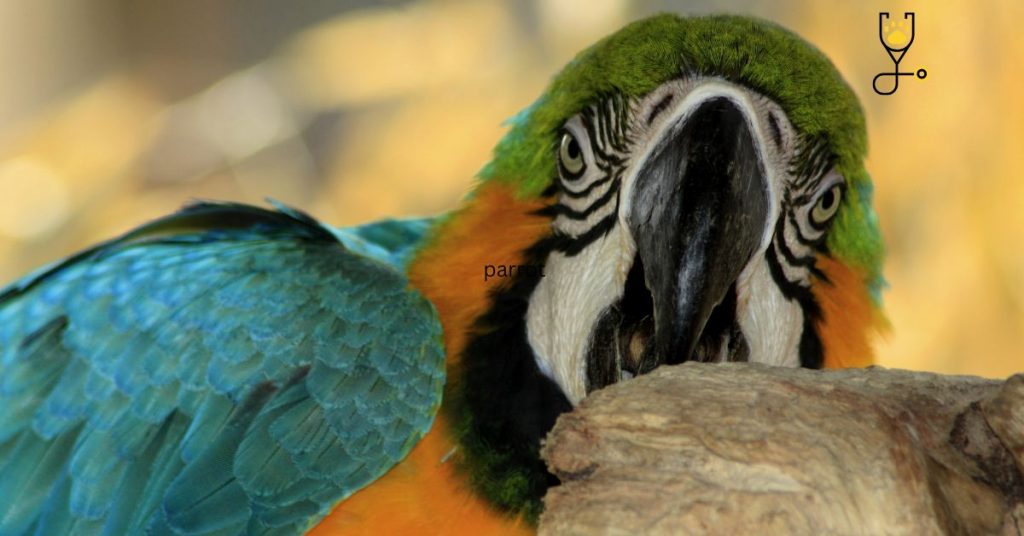
Causes of Biting or Bluffing in Parrots
1: Fear
Parrots are very sensitive to changes in their environment and may react with aggression when they feel threatened. If your parrot is scared, it might puff up its feathers or bite as a sign of protection.
2: Dominance Posturing
It is not uncommon for parrots to use bluffing or biting behavior to demonstrate their dominance in the flock. This is especially true if they feel their place in the hierarchy is being challenged.
3: Unfamiliarity with Humans
If a parrot has not been properly socialized with humans, it may express its discomfort through bluffing or biting behavior.
4: Pain and Illness
Parrots that are unwell may be more apt to display aggression as a sign of their discomfort.
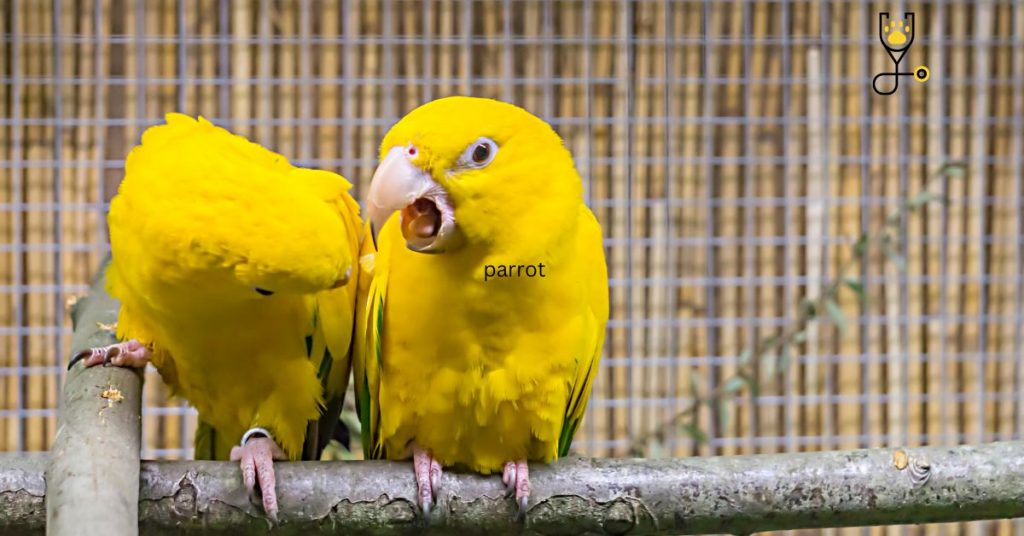
5: Territoriality
Parrots are very territorial creatures and will often use bluffing or biting behavior to protect what they perceive as their own space.
6: Boredom and Frustration
If a parrot is not provided with enough mental stimulation or enrichment, it may become frustrated and act out by bluffing or biting.
7: Attention Seeking
Some parrots may use bluffing or biting behavior as a way to get attention from their owners. This is especially true if the parrot has been deprived of social interaction and stimulation.
How to Communicate With Your Pet Parrot to Reduce Stressful behavior?
Parrot owners should be aware of their pet’s body language and vocalizations to understand when it is feeling stressed or uncomfortable. Learning how to communicate with your parrot can help prevent the onset of biting and bluffing behaviors. Here are some tips for communicating with your parrot:
• Speak softly and calmly, using a gentle tone of voice to avoid scaring or upsetting your parrot.
• Make sure that all interactions are positive, rewarding good behavior with special treats or toys.
• Provide plenty of mental stimulation by offering interactive toys and puzzles.
• Spend time socializing with your parrot every day, talking to it in a soothing manner while you offer affection.
• Provide a safe environment with plenty of space for your parrot to explore and play.
Treatments for Biting or Bluffing Behavior in Parrots
If your parrot is displaying aggression, it is important to address the problem as soon as possible. The first step should be to identify the causes and try to eliminate them from the environment. If this doesn’t work, there are several treatments that have been proven to help reduce or eliminate biting and bluffing behavior:
• Positive Reinforcement Training
This type of training focuses on rewarding good behaviors while ignoring bad ones. Through consistent positive reinforcement, you can teach your parrot acceptable behaviors like talking and playing with toys.
• Desensitization
This technique involves exposing your parrot to its trigger in a safe and controlled manner so it can learn to be less afraid of it.
• Behavior Modification
This involves systematically changing your parrot’s environment and behaviors in order to reduce its aggression. Specific techniques like counter-conditioning, habituation, and extinction can be used to help modify your parrot’s behavior.
• Medication:
In some cases, medication may be necessary to help treat underlying psychological issues that are causing the aggressive behavior. Your veterinarian can advise you on whether this is an appropriate treatment option for your parrot.
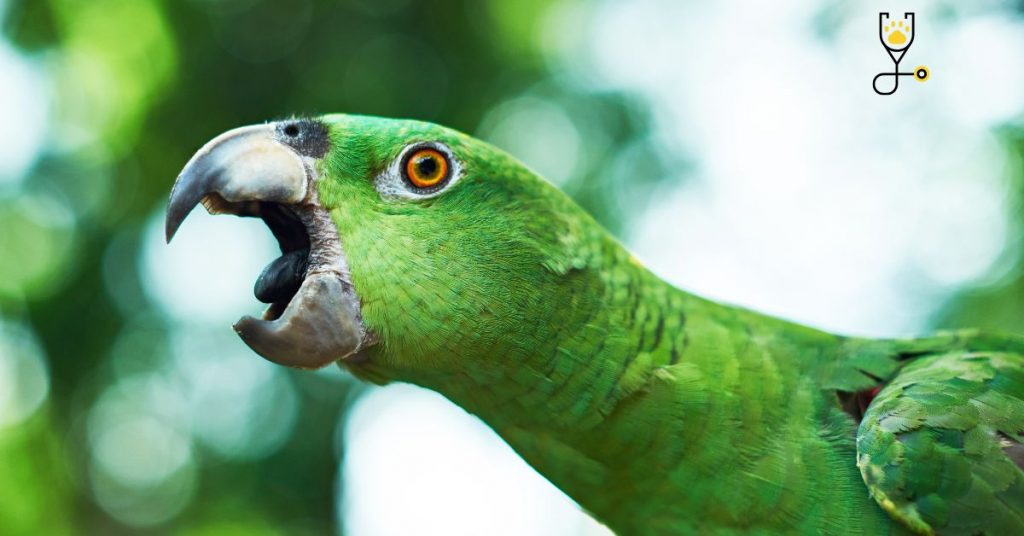
Preventions for Biting or Bluffing Behavior in Parrot
1: Proper Socialization
Ensuring that your parrot is comfortable around humans and other animals is key to preventing aggressive behaviors. Spend time handling and playing with your parrot every day, gradually introducing it to new people and objects.
2: Provide Adequate Space
Parrots need plenty of room to fly, play, and explore their environment. Make sure that your pet has a large enough cage or aviary to accommodate its needs.
3: Mental Stimulation
Make sure that your parrot has access to stimulating toys and activities so they don’t become bored or frustrated.
4: Establish Routines
Parrots thrive on routine, so having a consistent schedule can help reduce stress levels in your pet.
By following these tips, you can help your parrot live a happy and stress-free life!
Conclusion
Biting and bluffing behaviors in parrots can be reduced or eliminated by understanding the causes, learning how to communicate with your pet, and providing an environment that meets their needs. Positive reinforcement training, desensitization, behavior modification, and medication are all treatments that may be necessary depending on the situation. The most important thing is to recognize the signs of stress in your pet and take steps to address them before they become more serious. With patience and dedication, you can get your parrot back on track!
Frequently Asked questions
Answer: If your parrot is exhibiting aggressive behaviors, it is important to identify the underlying causes and attempt to eliminate them from their environment. You may also need to consider techniques such as positive reinforcement training, desensitization, behavior modification, and medication in order to reduce or eliminate aggression.
Answer: The best way to prevent these behaviors is by providing proper socialization, adequate space, mental stimulation, and a consistent routine for your pet. Additionally, make sure that all interactions are positive and reward good behavior with treats or toys.
Answer: While there are no proven natural remedies for reducing aggression in parrots, some people have had success with aromatherapy, herbs such as chamomile and lavender, and Bach flower essences. As always, it is best to consult with your veterinarian before attempting any type of alternative treatment.
Answer: If you notice that your parrot’s behavior does not improve after trying the techniques mentioned above or it begins to display signs of fear or distress, then it may be time to consult with a professional. Your veterinarian or an experienced avian behaviorist can help you determine the best course of action for your pet.
Answer: The amount of time it takes for a parrot to adjust to a new environment depends on the individual bird. Some can adjust within days, while others may take weeks or months before they feel comfortable in their new surroundings. Patience and consistency are key when helping your pet acclimate.Answer: The amount of time it takes for a parrot to adjust to a new environment depends on the individual bird. Some can adjust within days, while others may take weeks or months before they feel comfortable in their new surroundings. Patience and consistency are key when helping your pet acclimate.

